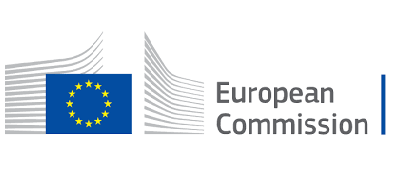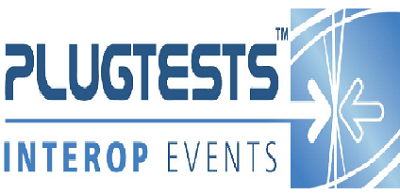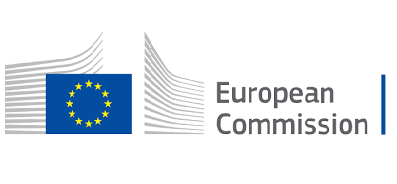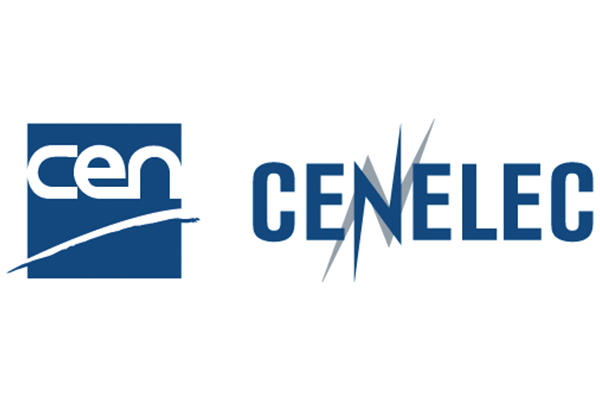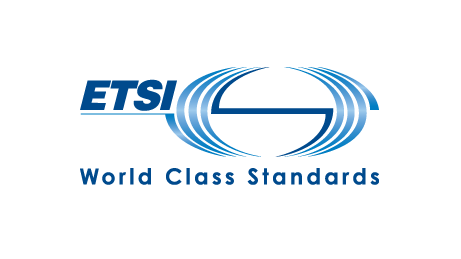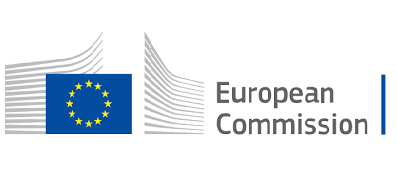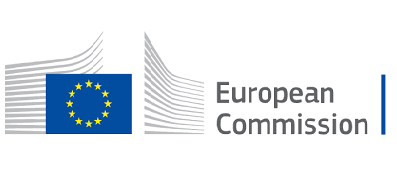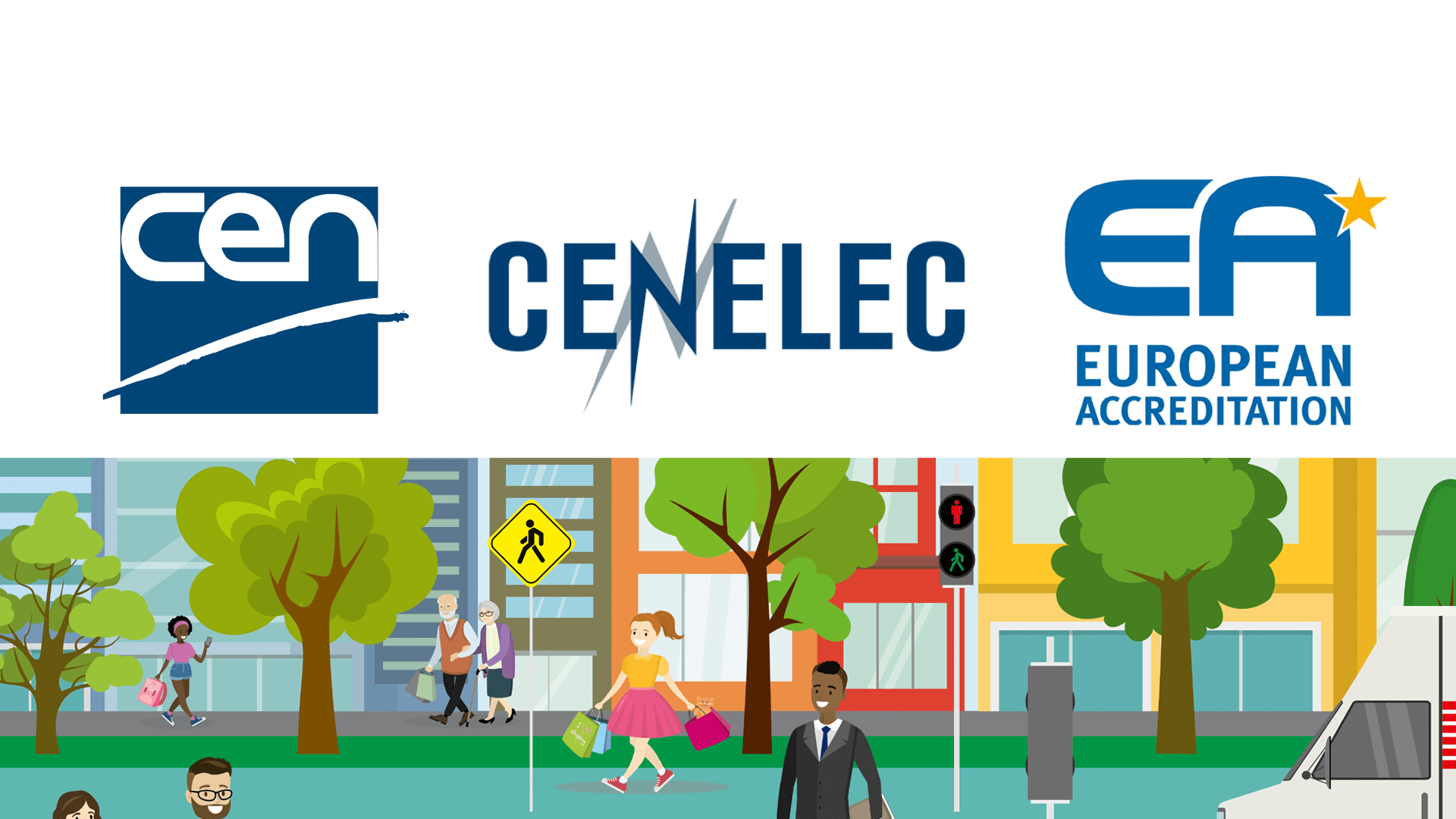The Commission has taken further steps in the Digital Decade agenda to strengthen Europe's digital sovereignty, as announced by President Ursula von der Leyen in her State of the Union address on 16 September. The Commission has published a Recommendation calling Member States to boost investment in very high-capacity broadband connectivity infrastructure, including 5G, which is the most fundamental block of the digital transformation and an essential pillar of the recovery.
In parallel, and closely linked to this Recommendation, the Commission proposed a new Regulation for the European High Performance Computing Joint Undertaking to maintain and advance Europe's leading role in supercomputing technology to underpin the entire digital strategy and to ensure the Union's competitiveness in the global setting.
The European Telecommunications Standards Institute (ETSI) released the report of its NFV&MEC Plugtests event that took place remotely in June 2020. After several weeks of remote integration and pre-testing, the event offered NFV and MEC solution providers as well as open source communities an opportunity to discuss and solve interoperability challenges while validating their implementation of NFV and MEC specifications and APIs.
Over 40 organizations and more than 170 engineers were involved in the preparation of this important event forming an engaged and diverse community of implementers testing together the interoperability of over 65 NFV and MEC solutions. Test sessions covered a wide range of configurations and showed interoperability rates from 75% to 93%. Participating organizations were able to interact remotely through the ETSI HIVE (Hub for Interoperability and Validation at ETSI) which provides a secure framework to interconnect participants’ labs and implementations.
A new European Research Area: Commission sets new plan to support green and digital transition and EU recovery
The European Commission adopted a Communication on a new European Research Area for Research and Innovation. Based on excellence, competitive, open and talent-driven, the new European Research Area will improve Europe's research and innovation landscape, accelerate the EU's transition towards climate neutrality and digital leadership, support its recovery from the societal and economic impact of the coronavirus crisis, and strengthen its resilience against future crises.
The Commission set out strategic objectives and actions to be implemented in close cooperation with the Member States, in order to prioritise investments and reforms in research and innovation, improve access to excellence for researchers across the EU and enable research results to reach the market and the real economy. Additionally, the Communication will further promote researchers' mobility, skills and career development opportunities within the EU, gender equality, as well as better access to publicly funded peer-reviewed science.
Standards in support of the Green Deal: CEN and CENELEC’s new position paper
Through the Green Deal, the European Commission has set a series of ambitious goals to transition towards a fully green economy and reach the global climate target of net zero by 2050. CEN and CENELEC, as two of the officially recognised European Standardization Organizations (ESOs), know that European Standards (ENs) have a key role to play in making the Green Deal reality. This role, acknowledged by the European Green Deal itself, is presented in the newly-published position paper “Standards in support of the European Green Deal Commitments”.
In particular, the paper presents some recommendations to European policy maker, in order to reap the greatest advantage from European standards:
- Make use of European and international standards to support the European Green Deal actions and initiatives;
- Establish clear overarching principles to guide policy making, that prioritise reduced emissions and reuse of materials, and clear links between the sustainability performance and incentives.
- Request technical standards for specifying the technical details for manufacturers and suppliers to meet legal requirements.
- Identify early on the type of standards needed to support the European Green Deal actions, which can be mapped against existing standards, and identify gaps which need to be addressed through new standard developments.
- Request the development of new standards, or the revision of existing ones, by the ESOs.
- Integrate standardization in European framework programmes aiming to implement the European Green Deal.
The ETSI Quantum-Safe Cryptography (QSC) working group is pleased to announce the release of Technical Report TR 103 619 defining migration strategies and recommendations for Quantum-Safe schemes, and enhancing cryptography awareness across all business sectors.
The threat of quantum computing to asymmetric cryptography has been extensively reported in ETSI’s work and elsewhere, and has been recognized as an existential threat to the many business sectors that rely on asymmetric cryptography for their day-to-day existence. However, recognizing the threat is not sufficient, nor is knowing that a quantum-safe cryptographic algorithm exists to enable encrypted assets in a business to be protected. The entire business must now be ready to migrate to a new Fully Quantum-Safe Cryptographic State (FQSCS). In anticipation of this, ETSI has developed a new technical report defining a framework of actions that an organization should take to enable migration to a Fully Quantum-Safe Cryptographic State.
Commission raises climate ambition and proposes 55% cut in emissions by 2030
The European Commission presented its plan to reduce EU greenhouse gas emissions by at least 55% by 2030, compared to 1990 levels. This level of ambition for the next decade will put the EU on a balanced pathway to reaching climate neutrality by 2050. The new target is based on a comprehensive Impact Assessment of the social, economic and environmental impacts. The Assessment demonstrates that this course of action is realistic and feasible. This raised ambition also underlines the EU's continued global leadership, ahead of the next UN climate conference (COP26).
The Commission has:
- tabled an amendment to the proposed European Climate Law, to include the 2030 emissions reduction target of at least 55% as a stepping stone to the 2050 climate neutrality goal;
- invited the Parliament and Council to confirm this 55% target as the EU's new Nationally Determined Contribution (NDC) under the Paris Agreement, and to submit this to the UNFCCC by the end of this year;
- set out the legislative proposals to be presented by June 2021 to implement the new target, including: revising and expanding the EU Emissions Trading System; adapting the Effort Sharing Regulation and the framework for land use emissions; reinforcing energy efficiency and renewable energy policies; and strengthening CO2 standards for road vehicles.
The European Commission sets out a new EU Security Union Strategy for the period 2020 to 2025, focusing on priority areas where the EU can bring value to support Member States in fostering security for all those living in Europe. From combatting terrorism and organised crime, to preventing and detecting hybrid threats and increasing the resilience of our critical infrastructure, to promoting cybersecurity and fostering research and innovation, the strategy lays out the tools and measures to be developed over the next 5 years to ensure security in our physical and digital environment.
This strategy lays out 4 strategic priorities for action at EU level:
- A future-proof security environment
- Tackling evolving threats
- Protecting Europeans from terrorism and organised crime
- A strong European security ecosystem
EN 16662-1:2020 a new step for road vehicles safety
The European Committee for Standardization (CEN), recently released the standard EN 16662-1:2020 ‘Road vehicles - Supplementary grip devices (SGD) for tyres of passenger cars and light duty vehicles - Part 1: General safety and performance requirements’.
For the first time, a European standard defines testing methods to ensure both operational and passenger safety and a minimum quality of performance on snow and ice for all devices, independent of their material and construction. It applies to all types of Supplementary grip devices (SGD - metallic, textile, hybrid), such as snow chains, snow socks or hybrid devices. Requirements of construction, wear, performance and comparison tests on snow and ice will allow the manufacturers to qualify their products and ensure operational safety and best quality to the end user.
EN IEC 62645:2020 protects the cybersecurity of nuclear power plants
The risk of cybersecurity threats on computer-based equipment and programmable logic devices used in industrial installations is always topical. In particular, IT equipment has been widely implemented also in nuclear power plants (both existing and newly built ones) to perform operational and safety functions. Therefore, the protection of nuclear power plants against cybersecurity threats is of particular importance to ensure plant safety and operation.
The IEC Subcommittee 45A (IEC – TC 45/SC 45A) on ‘Instrumentation, control and electrical power systems of nuclear facilities’, which is mirrored at European level by CLC/TC 45AX ‘Instrumentation, control and electrical power systems of nuclear facilities’, whose Secretariat is currently held by AFNOR, has been developing a cybersecurity standards framework. This framework is based on the ISO/IEC 27000 series and the security series of the International Atomic Energy Agency (IAEA).
CEN (the European Committee for Standardization), CENELEC (the European Committee for Electrotechnical Standardization) and the European Co-operation for Accreditation (EA) officially renewed their cooperation Agreement.
The cooperation between CEN, CENELEC and the EA is long-standing: a first Cooperation Agreement was signed in January 2009, and was renewed for the first time in February 2016. This new renewal, for additional three years, allows to ensure the strength, consistency and continuity of the standardization and accreditation system, to the benefit of the New Legislative Framework (NLF).
As part of the agreement, which ensures the links between the European standardization system and the European Quality Infrastructure, CEN, CENELEC and EA agree to regularly exchange relevant information on matters of common interest and participating in the relevant advisory and technical groups of the respective organizations. For example, EA representatives actively participate in CEN and CENELEC activities, and in particular as a liaison partner to the Joint Technical Committee 1 on ‘Criteria for conformity assessment bodies’. In turn, CEN and CENELEC General Assemblies appointed Enda Mc Donnell, CEN Board Member and Director of Standards & Metrology National Standards Authority of Ireland (NSAI), as CEN-CENELEC Representative to the European Accreditation Advisory Board (EAAB).






